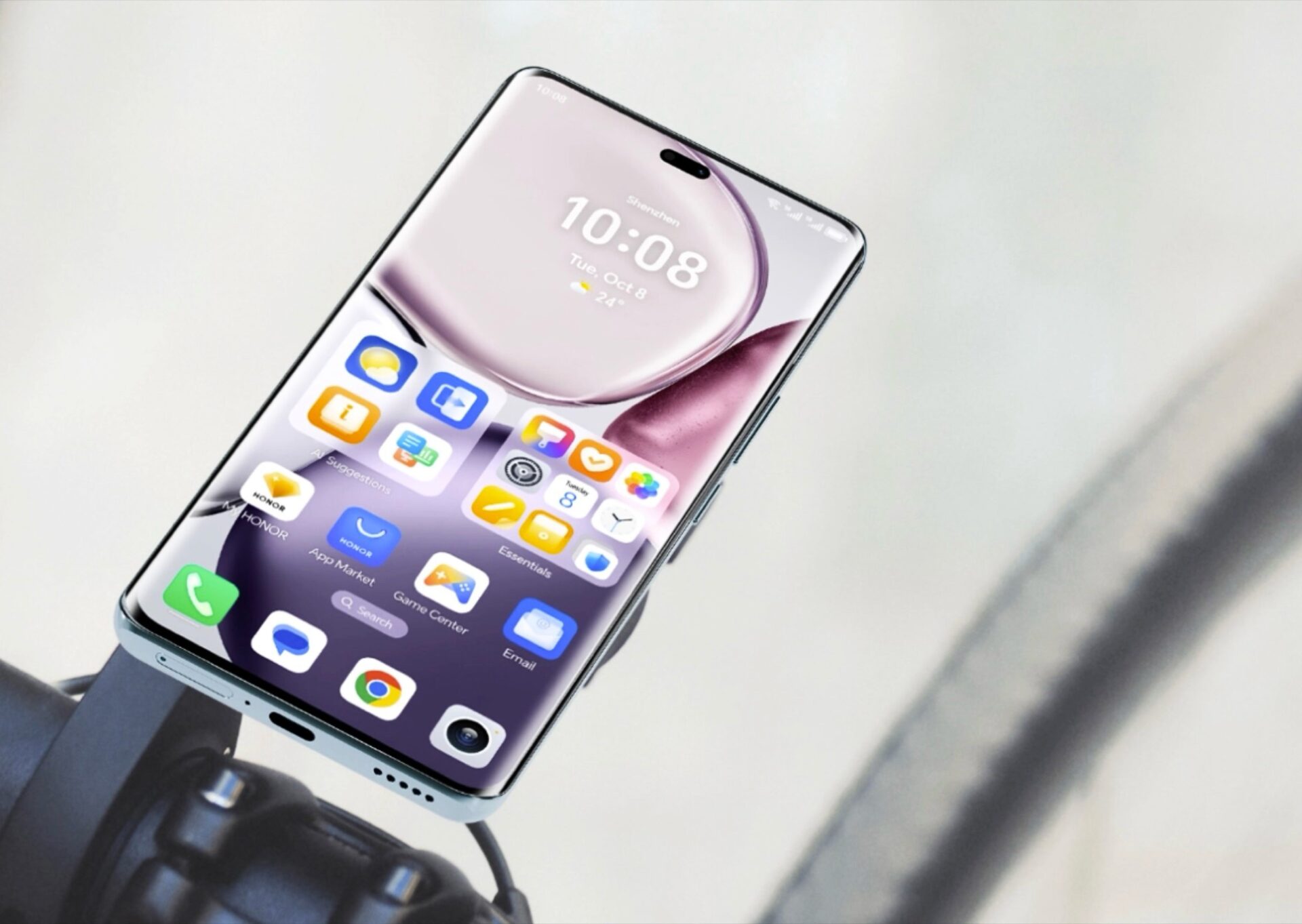Key Takeaways
1. Most users prefer thicker smartphones that offer bigger batteries and extra features over ultra-slim models.
2. Poll results show 42% of participants favor thicker phones, while only 18% prefer slimmer designs.
3. On YouTube, only 10% of respondents want thinner phones, with 50% favoring thicker models for better battery life.
4. Upcoming models like the Samsung Galaxy S25 Edge and iPhone 17 Air will be very thin but have smaller batteries and fewer features.
5. The preference for thicker devices also applies to foldable phones, where users appreciate a balance between thickness and battery capacity.
With big companies like Apple and Samsung getting ready to launch extremely thin smartphones, it might seem like other brands will want to do the same. But do users really prefer slimmer devices? It appears not. Recent surveys by a tech news site reveal that most people actually prefer thicker phones that come with bigger batteries and extra features, instead of thinner and possibly more delicate devices.
Poll Results Show Preferences
The surveys were carried out by Android Authority, one on their site and another on their YouTube channel. Both polls produced similar outcomes. A significant portion of the respondents favored thicker smartphones with enhanced features, or preferred phones to maintain their current thickness, as opposed to ultra-slim models that come with drawbacks. The website poll had 1,431 participants, with around 42% choosing thicker options, 40% wanting the same thickness, and merely 18% expressing a preference for slimmer smartphones, accepting the trade-offs.
YouTube Insights
In the YouTube poll, the difference is even more pronounced, with just 10% wishing for thinner phones, while 50% preferred thicker models offering more battery life and features. The rest were satisfied with the current phone designs.
This survey comes at a time when Samsung is on the verge of revealing its Galaxy S25 Edge, which is anticipated to be only 5.8mm thick but will feature a smaller 3,900 mAh battery and a dual-camera system. Likewise, the rumored iPhone 17 Air is expected to measure just 5.5mm thick, but with significant battery sacrifices, featuring only one rear camera and a single speaker.
Foldable Phones Are Not Exempt
This preference isn’t just for regular smartphones; it extends to foldable devices as well, where reducing thickness makes more sense. The first versions of foldable phones were quite bulky, so a trend towards slimmer designs is welcomed. The Oppo Find N5, for instance, is only 8.93mm thick when folded yet still boasts a 5,600 mAh battery. The upcoming Galaxy Z Fold 7 is rumored to match this thickness but will only have a 4,400 mAh battery, similar to its predecessor.
Source:
Link




